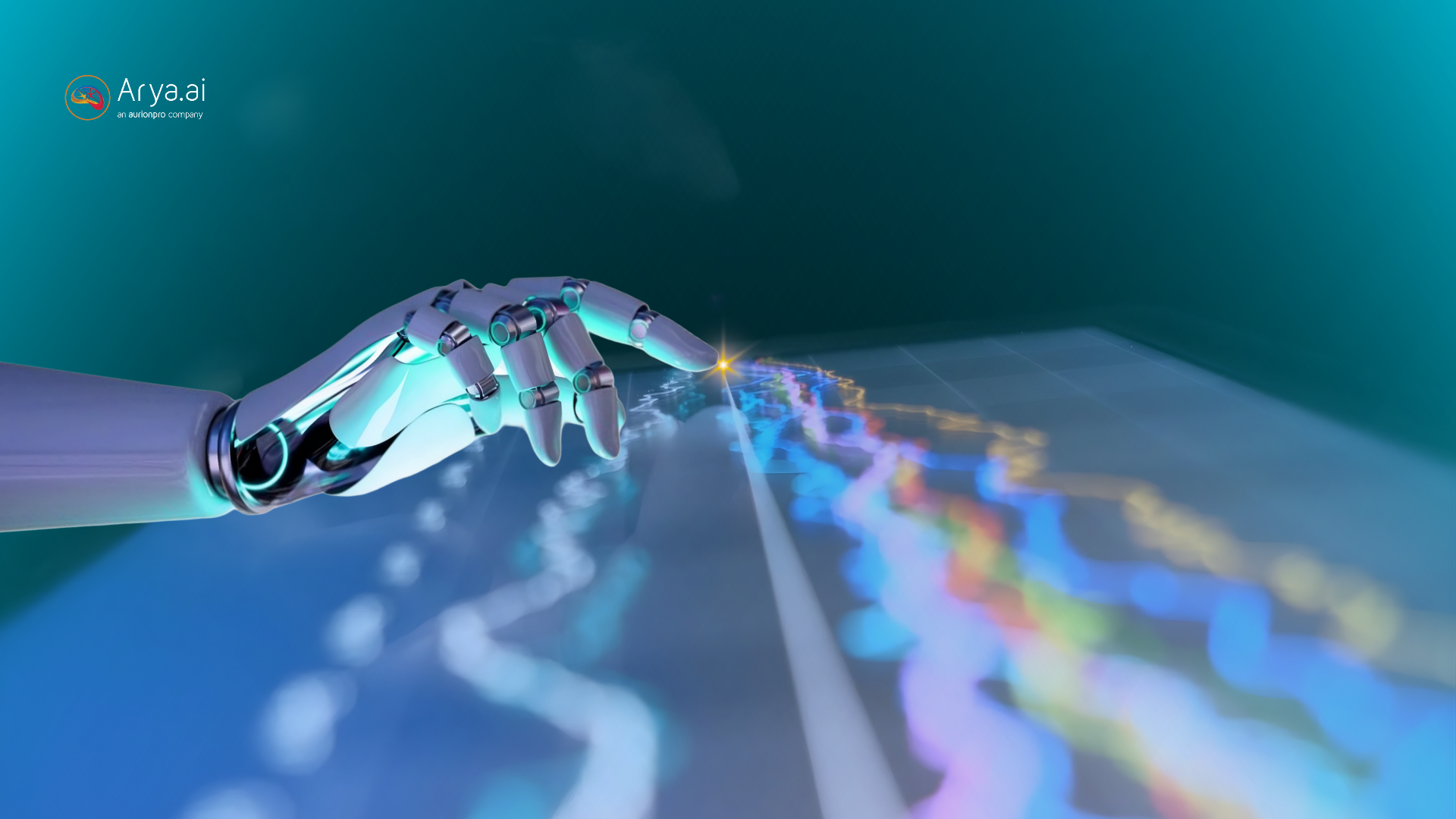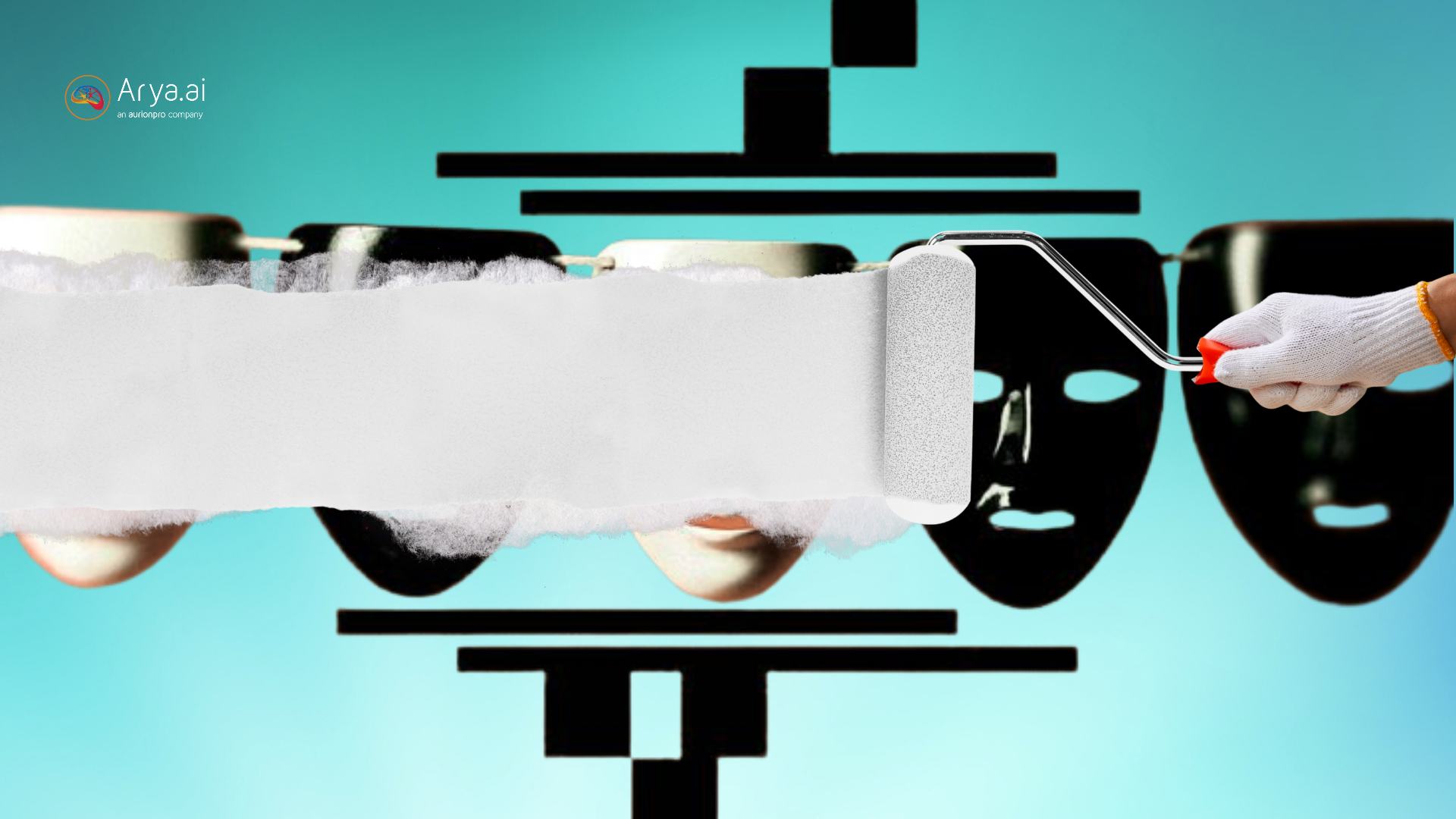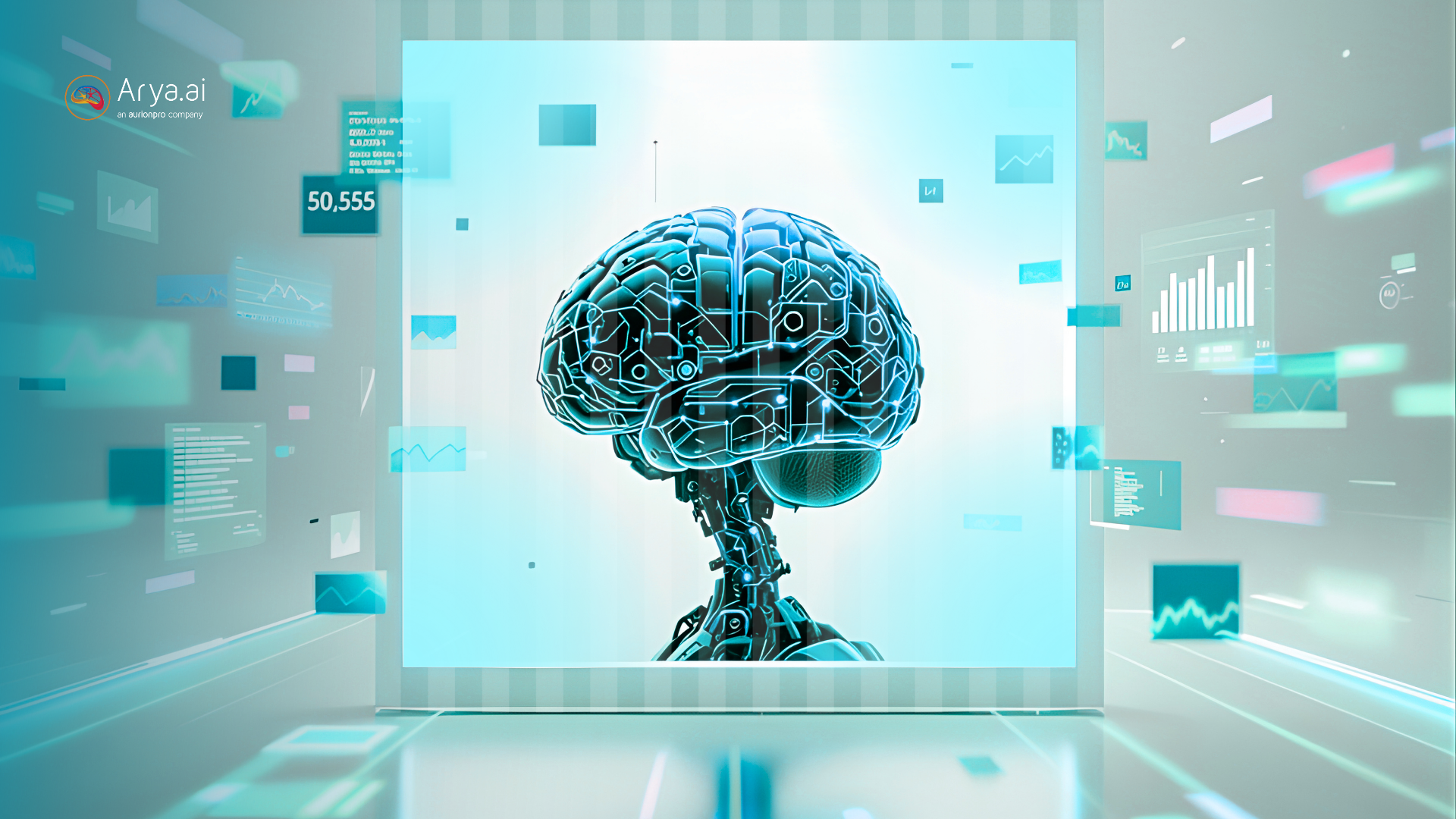
Take your passport, visa, or identification card out and thoroughly check it. You will see lines of numbers and letters at the bottom of the page, which might look like a collection of jumbled characters. However, this zone is critical in efficiently scanning, identifying, and verifying documents. It is called the Machine Readable Zone (MRZ).
.jpg)
But what exactly is MRZ? How does it work, and why is it essential for airport security and border control? In this blog, we’ll explain everything you need to know about MRZ, which has become the cornerstone of global identity verification.
What is an MRZ Code?
An MRZ (Machine Readable Zone) is a standardized string of numbers and letters printed on official documents used for identification, such as passports and visas. The MRZ contains encoded personal data in an instantly readable and processable format for machines.
Including MRZ codes allows systems to automatically extract and verify identity information such as names, document numbers, nationalities, dates of birth, expiration dates, etc., without human intervention. By digitizing this information in a machine-readable format, MRZ significantly speeds up the verification process and reduces human error.
Here is a list of standard documents that contain MRZ codes:
- Passports
- National ID cards
- Visas / Electronic visas
- Biometric residence permits
- Refugee travel documents
Structure and Components of an MRZ Code
The seemingly randomized collection of alphanumeric characters is a carefully arranged sequence of letters and numbers that follow a particular format. MRZ formats follow the standards of the International Civil Aviation Organization (ICAO) sets.
There are two most commonly used MRZ formats:

TD-3 Format (Three-Line MRZ): This format is primarily used in passports and contains three lines. Each line contains 44 characters, resulting in a total of 132 characters.
TD-2 Format (Two-Line MRZ): The TD-2 format is used in ID cards and visas and includes two lines, as the name suggests. Each line contains 36 characters, for a total of 72 characters.
Here are the key components of an MRZ code:

- Document type: The first part of the MRZ often indicates the document type, such as a passport, national ID, or visa. For example, in the MRZ of a passport, the first character might be "P" to signify it’s a passport.
- Country code: Directly following the document type, a two-letter country code (ISO 3166-1 alpha-2 code) is typically included. This represents the issuing country or authority. For instance, "US" stands for the United States, and "IN" is used for India.
- Personal information: This section contains the key details of the document holder, such as the full name (last name, given names), Gender, and Date of birth.
- Nationality: These elements are placed in a fixed order and separated by specific delimiters, allowing scanners to extract them quickly.
- Document number: This is a unique identifier for the document, typically a mix of numbers and letters, which is essential to distinguish between individual documents.
- Expiration date: The MRZ also includes the document's expiration date to help validate its current status.
- Check digits: MRZ codes often include check digits to ensure data integrity. These digits are calculated using a specific algorithm to verify the accuracy of the information in the MRZ.
- Optional elements: Depending on the document type, additional fields may be included, such as the issuing authority, nationality, or a passport holder's personal identification number.
The MRZ’s structure follows a fixed format designed for clarity and machine readability. This ensures quick and accurate data extraction, essential in various scenarios such as border control, security checks, and automated document processing systems.
How MRZ Works in ID Verification: A Step-by-Step Guide
MRZ plays a vital role in swift and accurate document verification. It ensures the documents’ legitimacy by providing a standardised format for critical information to extract and validate data quickly.
Let’s understand the process of how MRZ works during ID verification, from scanning the code to cross-referencing the details:
Step 1 - MRZ Scanning: An OCR-enabled scanner captures the MRZ section of the document
Step 2 - Data Extraction: The software extracts structured data like name, DOB, document number, etc
Step 3 - Check Digit Validation: The system calculates and verifies check digits to detect any alterations or errors in the MRZ data
Step 4 - Cross-Referencing: Extracted data is matched against other verification sources or databases for validation
Step 5 - Authentication & Decision: The system confirms identity or flags inconsistencies for manual review or rejection
With this understanding of how MRZ works in ID verification, we can explore its importance in enhancing security and efficiency.
Importance of MRZ in identity verification
The Machine Readable Zone is more than just a set of alphanumeric characters; it enhances security measures by simplifying the verification process across borders and industries.
Let’s dive into why MRZ is essential in the context of identity verification:
- Speed and efficiency: MRZ allows for instant data extraction, making verification fast and frictionless, whether at border checks or during online KYC processes
- Standardisation: Since MRZ follows ICAO standards, it enables cross-border compatibility across different systems and nations
- Error Reduction: Automation minimises the possibility of manual data entry errors, improving accuracy and reliability
- Fraud Prevention: Check digits and data formatting help detect forged or tampered documents, reducing the risk of identity fraud
- Seamless Integration: MRZ is a crucial part of end-to-end digital identity workflows due to its easy integration with OCR, NFC, and biometric verification systems
Now that we understand how MRZ works and its importance, let’s examine its broader applications and evolving role across various industries.
Industries Using MRZ for Identity Verification
MRZ technology has become a vital tool across multiple industries seeking to enhance security and streamline processes. MRZ can be implemented in different contexts where quick, secure, and reliable identity verification is required. Organisations can use an API, like the passport reader API, and automate the vetting process.
Let’s examine the industries that benefit most from this technology and the key roles it plays in their operations:
- Travel and border control: Automates passport checks and enhances throughput via eGates
- Banking and financial services: Enables quick KYC and onboarding processes in fintech platforms
- Law enforcement and security: Supports instant identity verification and fraud detection
- Healthcare and insurance: Used for secure patient registration and insurance claim verification
- E-Government and smart cities: Power’s digital services like e-voting, online citizen services, and social benefit programs
Challenges & Limitations of MRZ-Based Verification
MRZ technology is invaluable across various industries, providing faster, more secure identity verification methods. However, there are limitations and issues associated with MRZ systems that need to be addressed for even more reliable and efficient identity verification.
- Prone to wear and tear: Physical damage to the MRZ section can hinder OCR readability
- OCR limitations: Poor lighting, camera quality, or printing errors can affect scan accuracy. And for that, you may have to use an image quality enhancer API for processing.
- Limited security vs NFC: MRZ lacks encryption and is vulnerable to spoofing if not combined with other verification methods
- Forgery risks: Printed MRZ data can be copied or altered unless check digits are validated rigorously
Future of MRZ in identity verification
MRZ has already made significant strides in enhancing security and streamlining verification processes. However, its role in identity verification will evolve as the demand for faster, more secure, and efficient identity management grows. Pairing MRZ with other advanced technologies has the potential for even more significant advancements in how we use it for safe, seamless identity verification.
- AI-powered OCR: Emerging OCR systems powered by artificial intelligence offer better accuracy and error correction, even on low-quality or damaged documents
- Hybrid verification models: Combining MRZ with NFC chip reading, biometrics, and facial recognition ensures layered security and trust
- Blockchain integration: Future ID ecosystems may use blockchain for secure, decentralised storage of MRZ-derived identity data
- Upgraded MRZ security: Expect enhanced MRZ designs with holographic overlays, microprinting, and dynamic QR codes to fight document fraud
While the Machine Readable Zone (MRZ) is just a small section on an ID, its impact on identity verification is massive. From reducing airport wait times to enabling secure digital onboarding, MRZ helps accurately and swiftly bridge physical IDs with the digital world.
Organisations must choose solutions that offer AI-powered OCR, real-time validation, and multi-factor authentication to ensure their identity verification workflow is ready for future challenges.
Arya.ai's module for intelligent document processing provides accurate and quick results and seamlessly integrates into your workflows by extracting information from various documents.





.png)





.png)




.png)
.svg)


